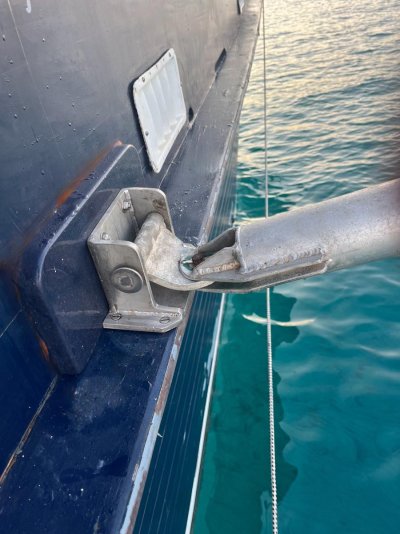Pascall
Senior Member
- Joined
- Oct 15, 2022
- Messages
- 328
- Vessel Name
- Passi
- Vessel Make
- Hand made Barkas
Hello
I use a milling machine for drilling, but that is also possible on a column drilling machine.
Indeed the drilling speed and the pressure you apply are important, you drill with feeling.
For cooling, lubrication I use standard drilling oil.
For the speed I use 95 PRM.
I use a Bochs hole saw but I don't think the brand matters much, as long as it's BI metal
Another step further, to keep everything in the right place for welding, I made a construction that fixes all seven parts.
After checking everything, all parts were welded together.
All parts are pre-polished, after welding not all sides are accessible for polishing.


Be continued,
Greeting
Pascal.
I use a milling machine for drilling, but that is also possible on a column drilling machine.
Indeed the drilling speed and the pressure you apply are important, you drill with feeling.
For cooling, lubrication I use standard drilling oil.
For the speed I use 95 PRM.
I use a Bochs hole saw but I don't think the brand matters much, as long as it's BI metal
Another step further, to keep everything in the right place for welding, I made a construction that fixes all seven parts.
After checking everything, all parts were welded together.
All parts are pre-polished, after welding not all sides are accessible for polishing.


Be continued,
Greeting
Pascal.







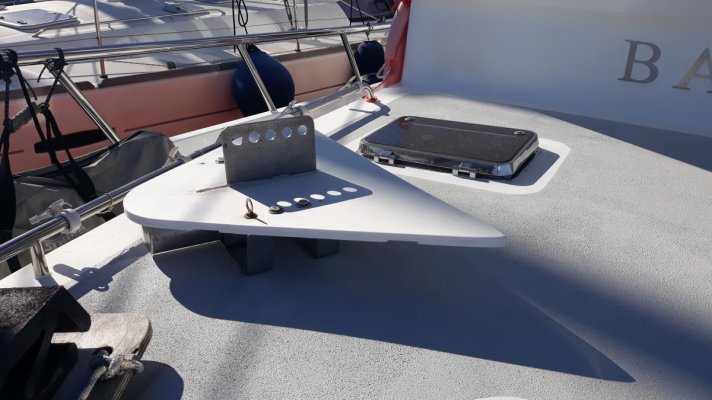
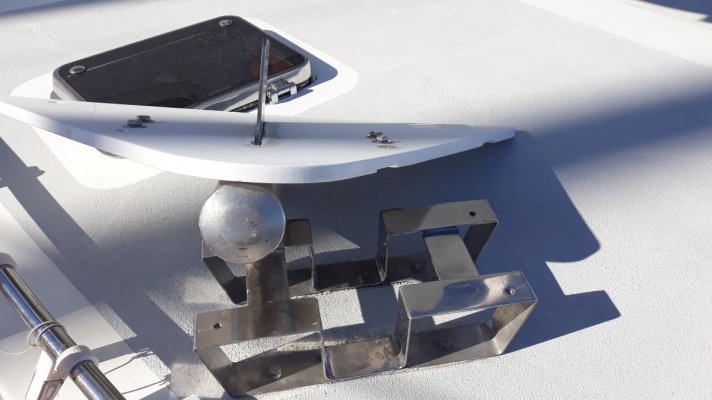
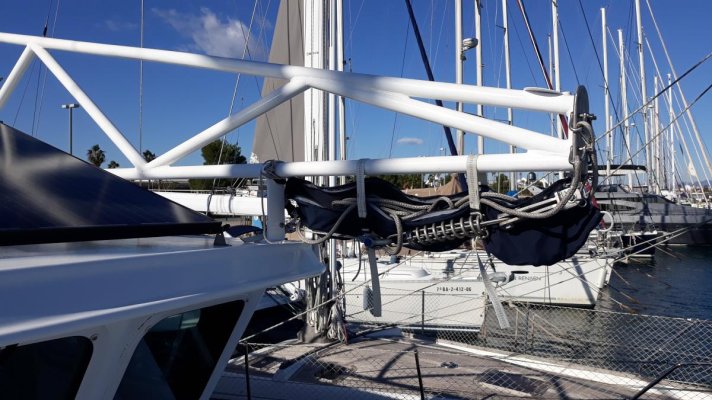




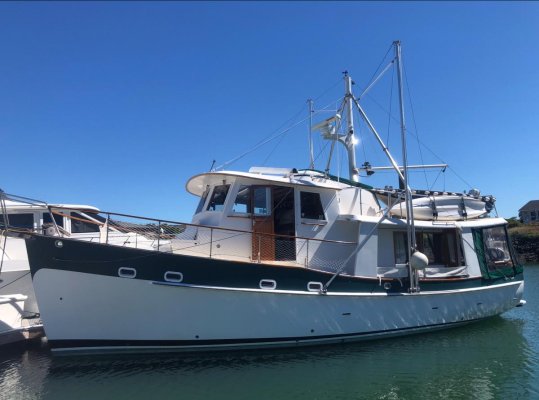
 Same on our Krogen. Once we left the dock or channel the poles were dropped. This also helped with stability and we were ready to deploy the fish as needed.
Same on our Krogen. Once we left the dock or channel the poles were dropped. This also helped with stability and we were ready to deploy the fish as needed. 


